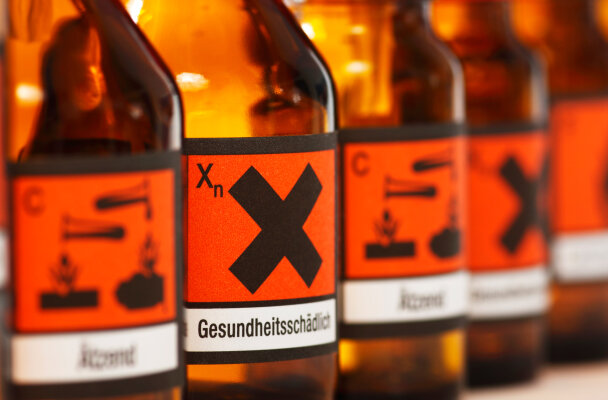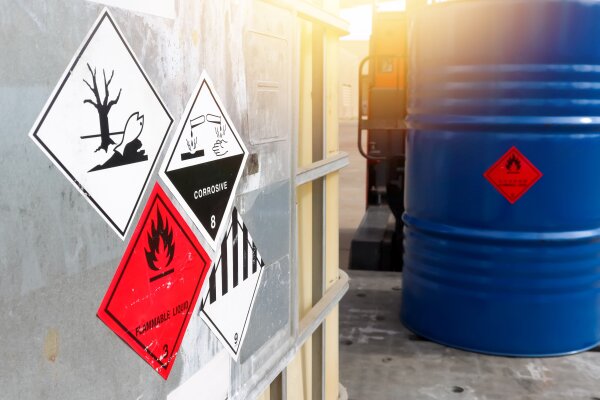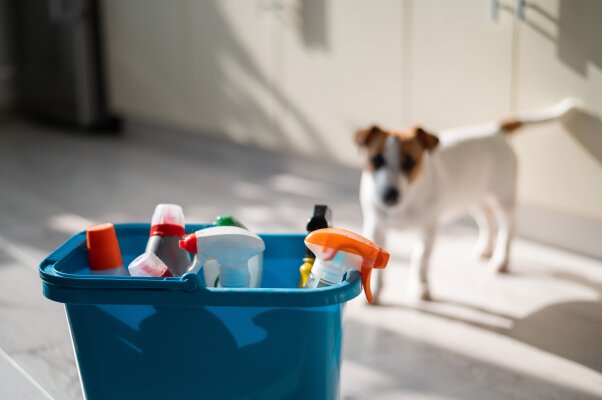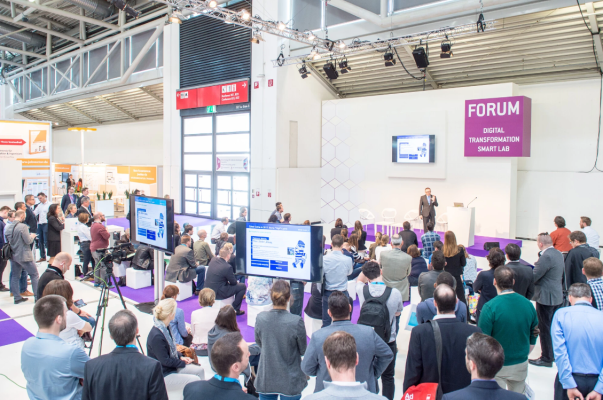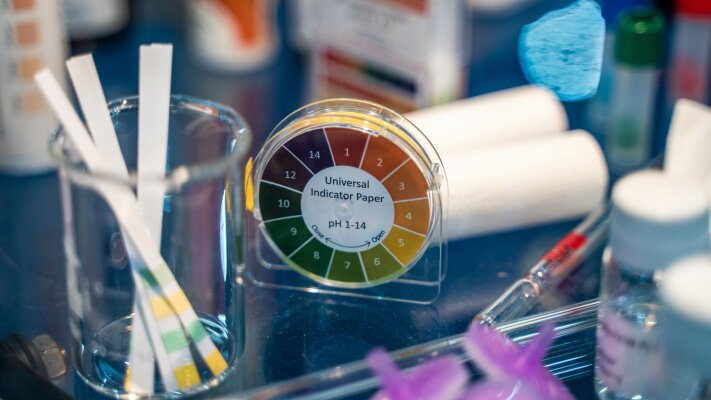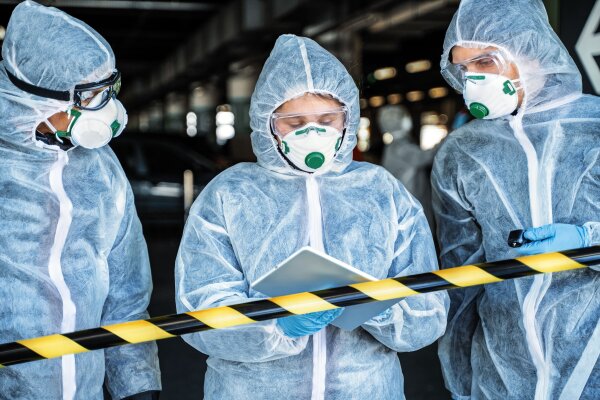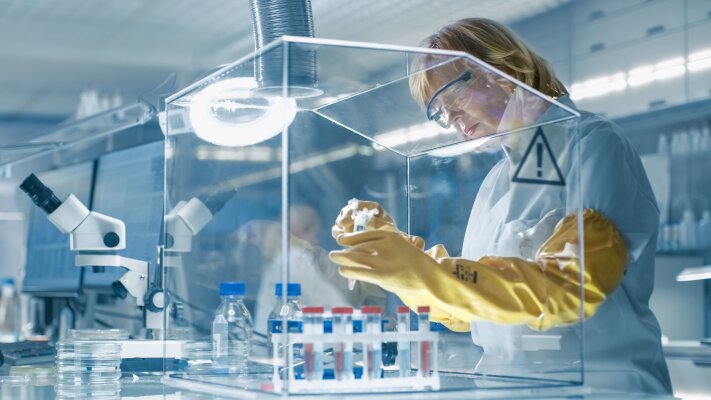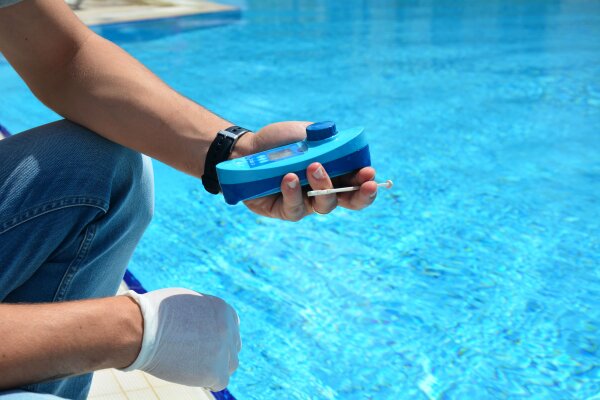Blog
Substances and mixtures that have a harmful effect on humans or the environment are referred to as hazardous substances. They are subject to many laws and regulations on labeling, classification and handling. Especially in the workplace, knowledge of these regulations is elementary. Read this blog post to learn what hazardous materials are, what proper hazardous material labeling looks like, and why it's so important.
A refractometer is used to determine the refractive index of transparent materials. Depending on the type of sample, different versions of these instruments come into question, which must be specially calibrated. In this blog post, you can read about the differences between the models, how refractometers are calibrated, and what to look out for in terms of calibration liquid and interval.
Substances, articles and mixtures with potentially hazardous properties must be labeled accordingly according to current legislation. This is the responsibility of the GHS, which provides the classification and labeling obligation with hazard symbols. We have summarized the meaning of the hazard symbols and hazard pictograms, the criteria used to distinguish between them, and the status of supplementary signal words, H and P phrases.
Hazardous substances are substances, materials and products that can have a harmful effect on health and/or the environment. In fact, a whole range of such substances fall into this category - they range from gasoline to cleaning agents to hydrogen peroxides. How these substances are defined, which hazard designation and classification is necessary and which known examples of hazardous substances there are, we have summarized for you here in compact form.
With analytica 2022, the international laboratory trade fair opened its doors in Munich from June 21 to 24. There, 891 exhibitors from 39 countries showed what the future of laboratory and analytical technology, life sciences and biotechnology could look like - the focus was once again on digitalization in the laboratory and new methods for combating pandemics. We have summarized here what the scientific exchange at analytica promoted, how our manufacturers BioSan, LAUDA and Asecos perceived the trade fair, which exhibitions were particularly exciting and what can be taken away overall.
In the laboratory, it can often be necessary to determine the pH value of a measured sample - from food to liquids to wastewater, acids and blood. A pH measuring instrument that works according to the potentiometric measuring method is usually used. For reliable measurement results, not only the correct calibration and execution of the measurement, but also the selection of the appropriate electrodes, membrane and electrolytes are elementary. We have summarized a short instruction including all important information about pH measurement for you here.
If hazardous substances are used in the company, prior instruction is mandatory. The law requires both instructions in the form of operating instructions and verbal instruction - so that all employees are well prepared for the necessary protective measures. We have summarized for you here what content must be covered in an instruction for hazardous substances, what the legal requirements for this are and what the most important rules for instruction are.
When it comes to qualitative equipment for working in the purest atmosphere, the SICCO glove box Air Stream from Bohlender GmbH is one of the well-known products. With the glove box, the company offers a high-quality device for working under the most hygienic conditions - and in diverse industries. We have summarized all the important information about the box for you here. Discover for yourself...
Both sodium hypochlorite and chlorine are used for various disinfection and bleaching processes, which is why they are found, for example, in household cleaners, in disinfectants and also in swimming pools. We have summarized here the properties and areas of application of these two substances, how they are used correctly and what dangers they pose.

